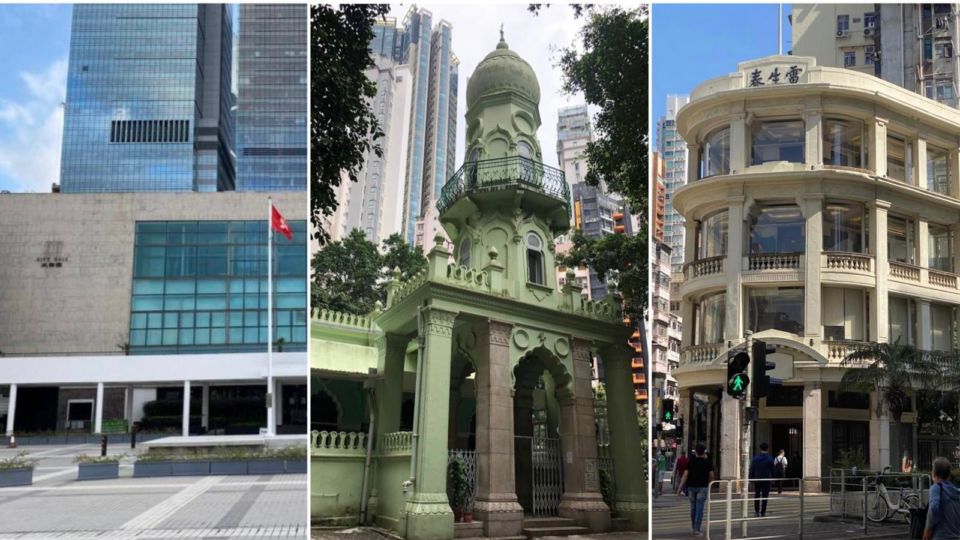The Antiquities Advisory Board recently recommended the Hong Kong City Hall, Jamia Mosque and Lui Seng Chun to be declared monuments.
The three historic buildings join a list of over 120 buildings, complexes and structures in the city that are afforded statutory protection from demolition.
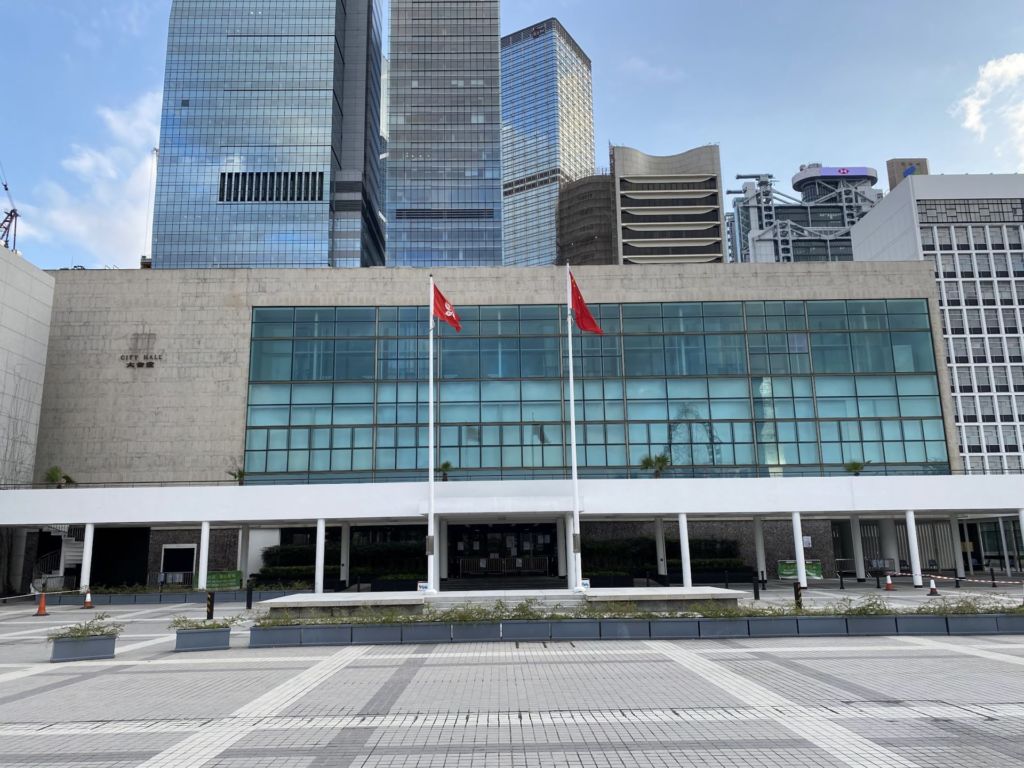
Located at the Edinburgh Place in Central, the Hong Kong City Hall is the second city hall in Hong Kong.
Since its opening, the City Hall has been a venue for many events, such as the inauguration ceremonies of five former governors of Hong Kong and concerts.
A prime example of Modernist architecture — which adopts a modest design that focuses on fulfilling the functions of the building — the City Hall comprises the Low Block, the Memorial Garden and the High Block, which are well-connected through a covered walkway.
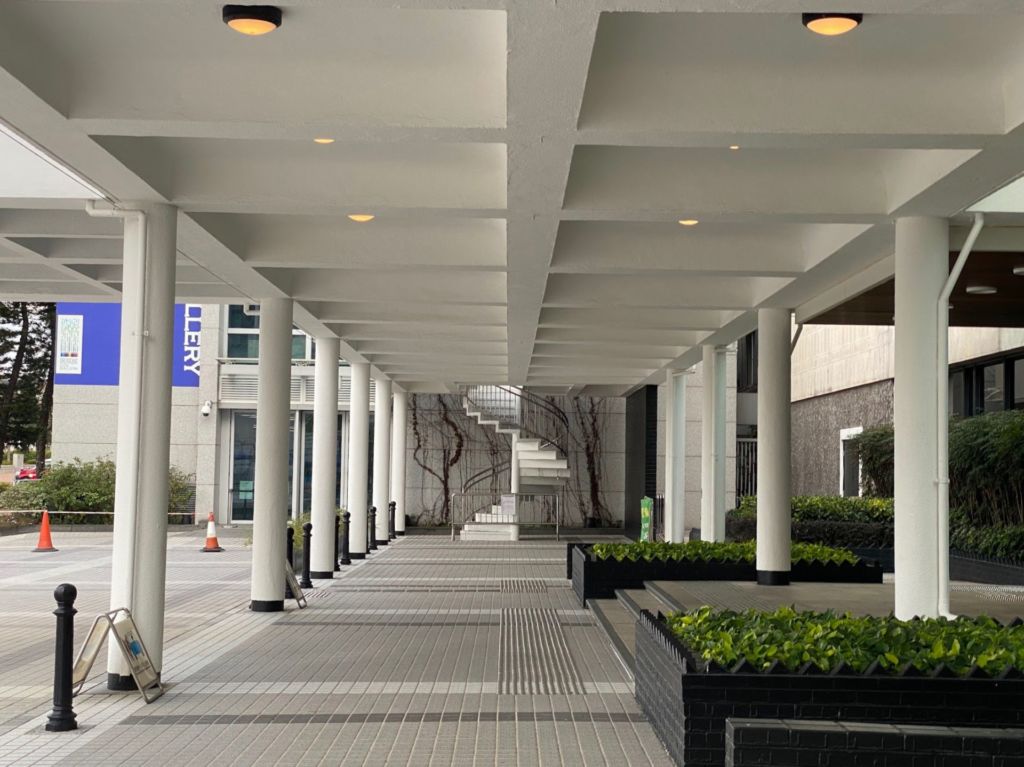
The Low Block houses a concert hall, a theatre and an exhibition gallery while the High Block has a marriage registry, a public library and a recital hall.
The Memorial Garden and the 12-sided Memorial Shrine located at the center of garden are dedicated to the soldiers and citizens who sacrificed their lives in defending Hong Kong in World War II.
Located at the harbourfront, the architects ensured all facilities, except the enclosed auditoria, have sea views and thus created a sense of unlimited space.
At 60 years old, the City Hall is set to be the city’s youngest monument.
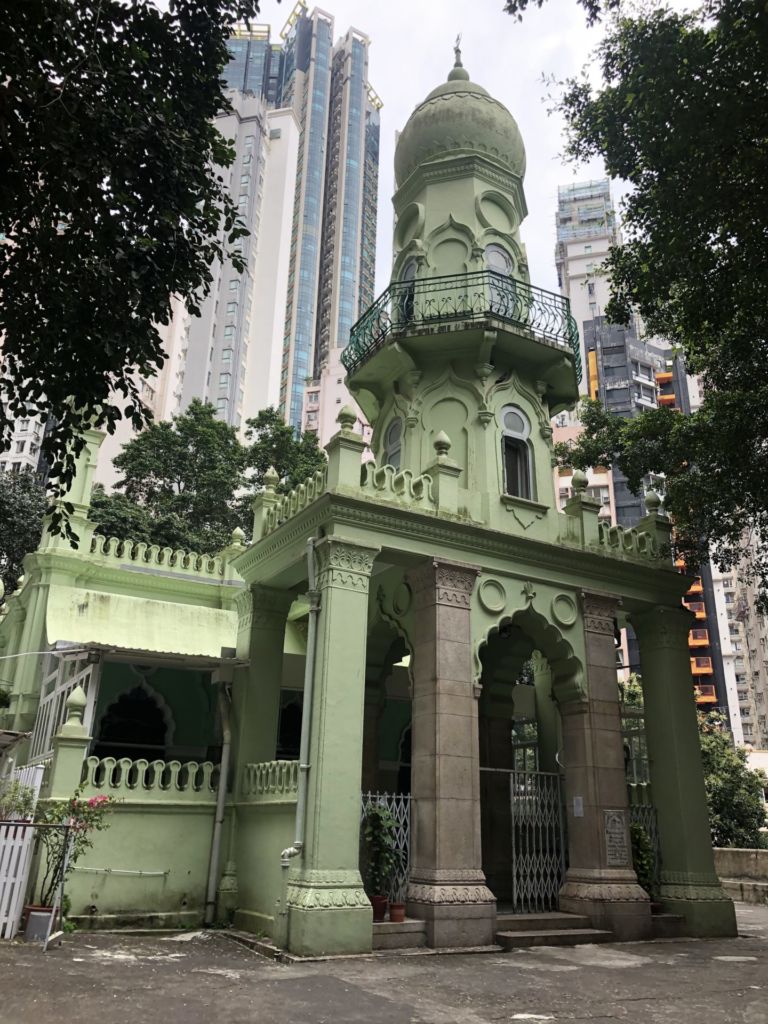
Located along Shelley Street in Mid-Levels, Jamia Mosque is the oldest mosque in Hong Kong and will also be the first to become a monument.
It was built between 1915 and 1916 with donations from Haji Mohamed Essack Elias, a Bombay merchant, to replace an old mosque on the same site on Shelley Street.
Constructed in concrete and bricks with an elongated rectangular plan built along an east-west axis, Jamia Mosque features its entrance at the east and the Qibla wall at the west facing the Holy Kaaba in Mecca, Saudi Arabia — the birth place of Holy Prophet Muhammad.
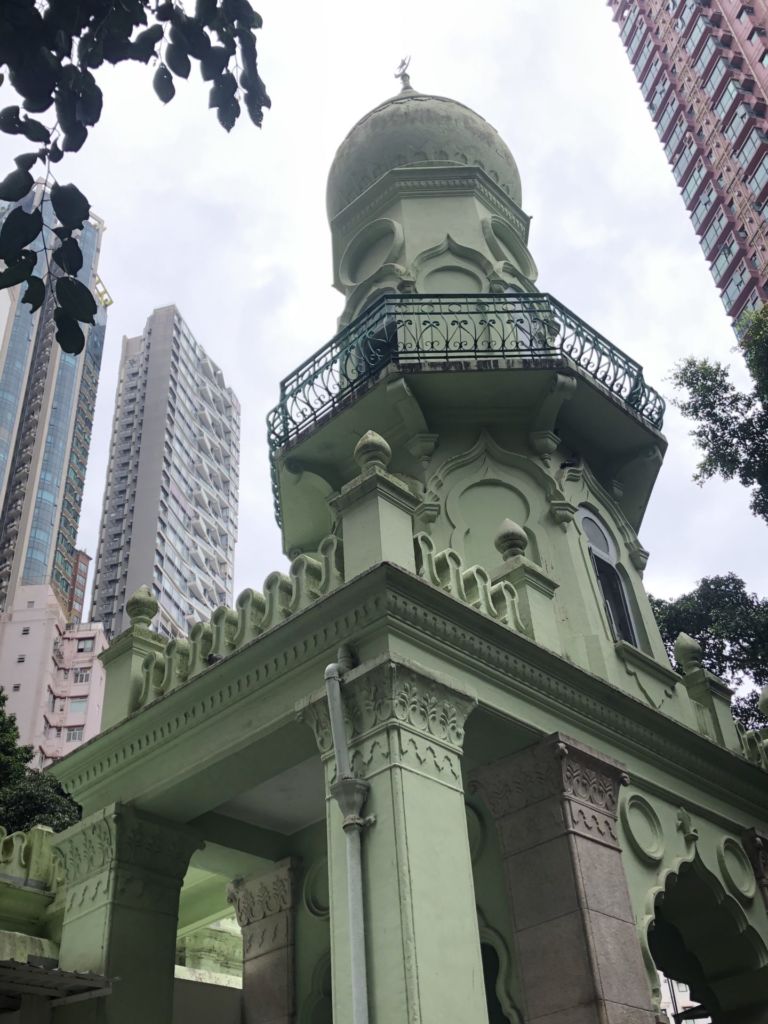
Rich Islamic mosque architectural features can be seen at Jamia Mosque, such as the minaret crowned by a dome decorated with a finial, the pointed multifoil archways at the entrance portico and doorways, the pointed arches above the colored glazed windows, the octagonal dome at the center of the prayer hall, the mihrab on the Qibla wall and the Kufic calligraphic motifs on the walls.
The mosque is significant in witnessing the growth of the Muslim community in Hong Kong and remains an important place of worship and gathering.
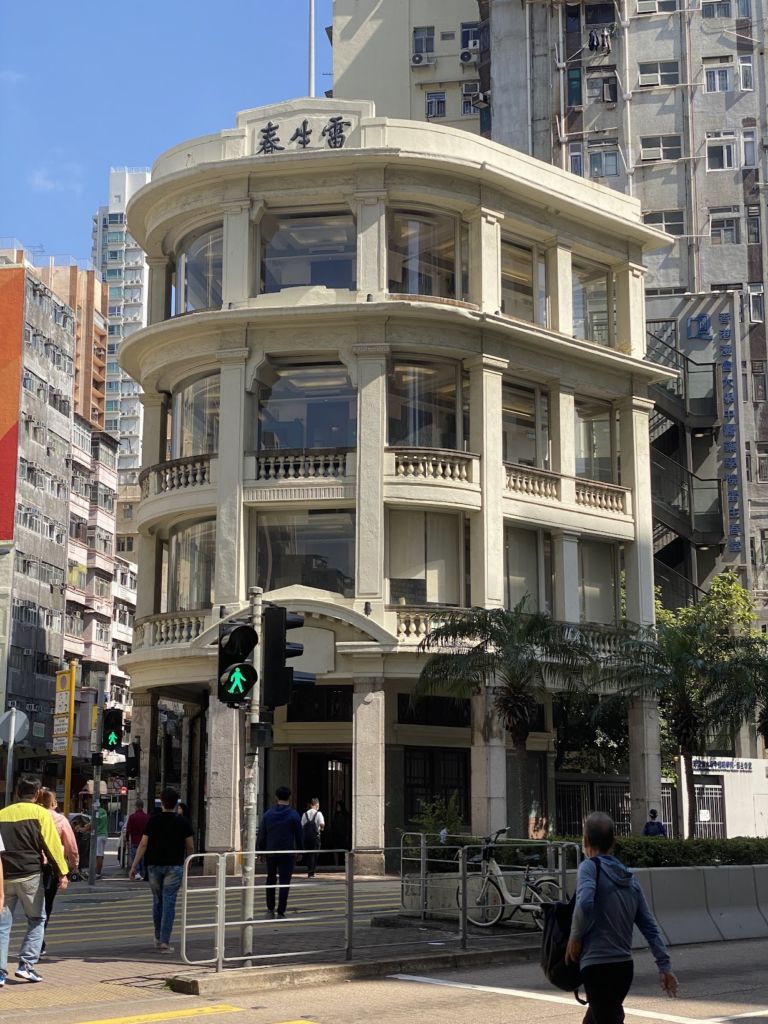
Lui Seng Chun is a four-storey tong lau — Chinese-style tenement building — located on a triangular site in Mong Kok. It will be the first of its kind to be declared monument.
It was built in 1931 and owned by Lui Leung, one of the founders of The Kowloon Motor Bus Company.
The Lui family ran a Chinese medicine shop on the ground floor and lived on the upper floors.
The medicine shop was closed a few years after Lui passed away in 1944. In 2003, the Lui family donated the building to the Hong Kong government for preservation.
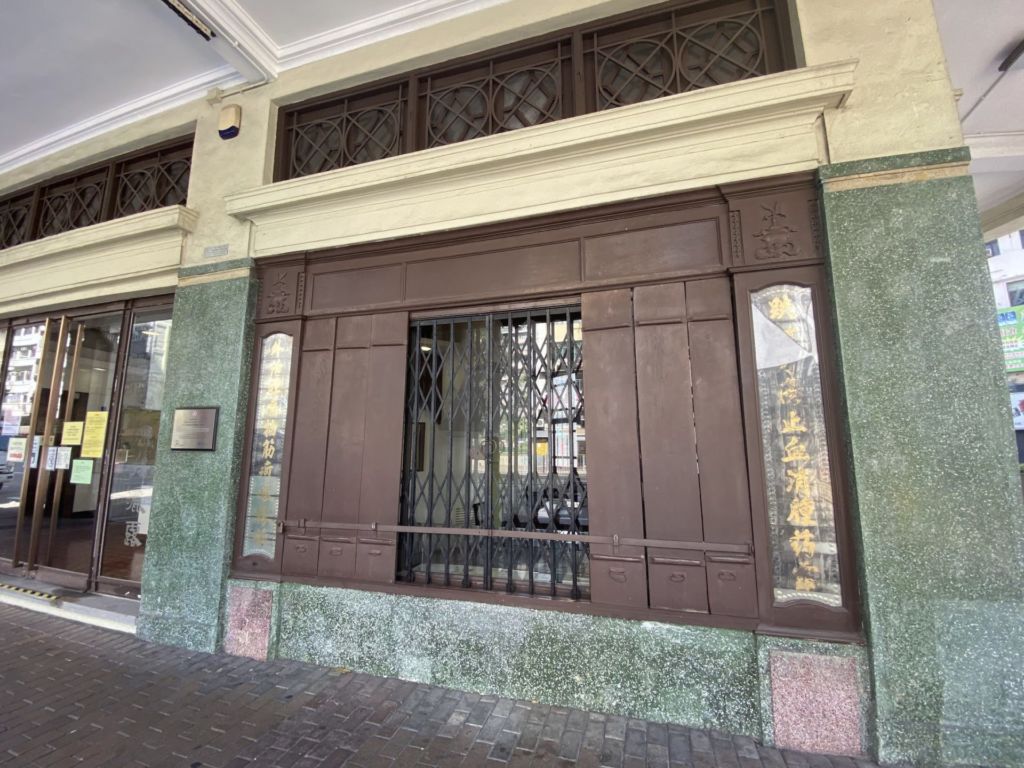
Designed by W. H. Bourne, Lui Seng Chun is a building featuring a neo-classical style that is mixed with Art Deco elements.
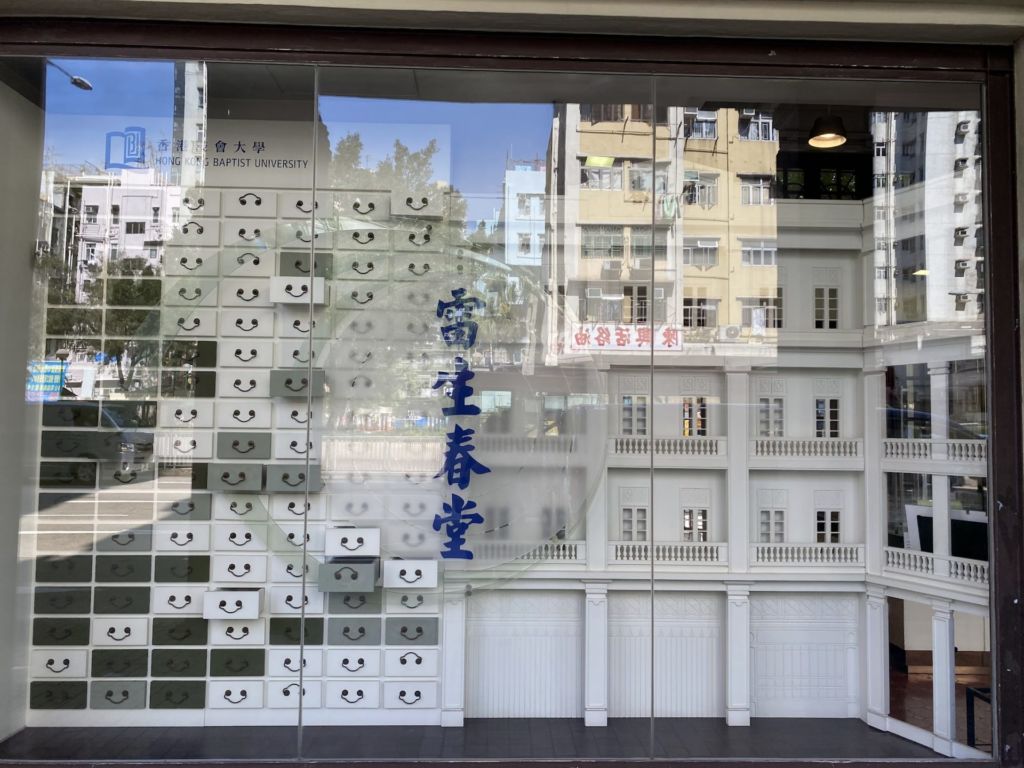
The building has been revitalized as a Chinese medicine and healthcare center, which has been operated by the Hong Kong Baptist University since 2012.
Apart from restoring the original function of Lui Seng Chun as a medical facility, the original architectural form and elements — like granite columns, terrazzo exterior wall, flooring tiles, and staircase — are well preserved.
